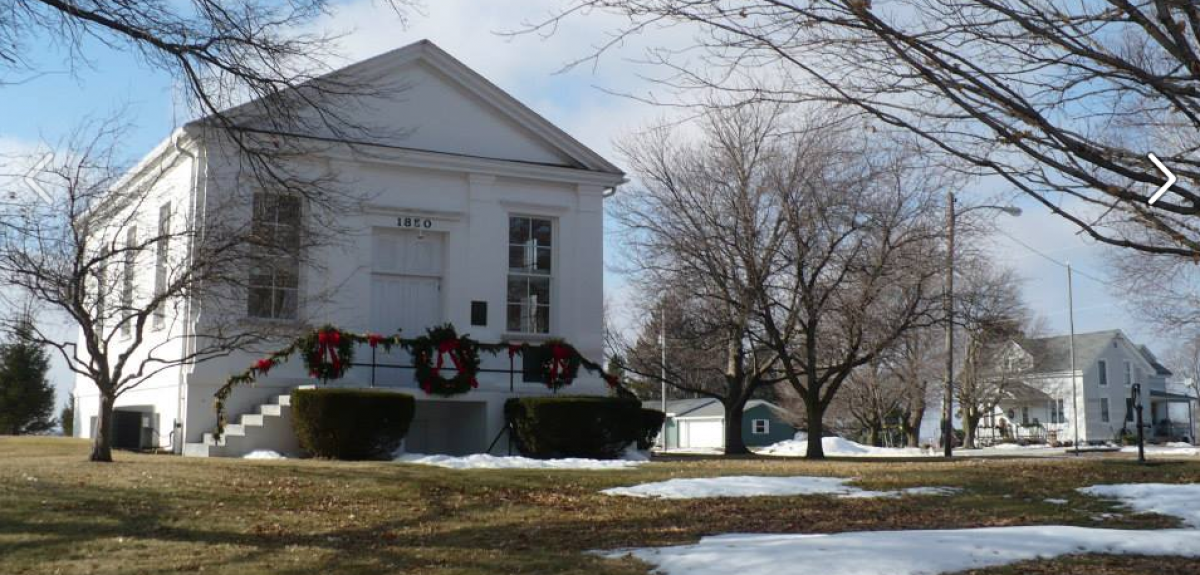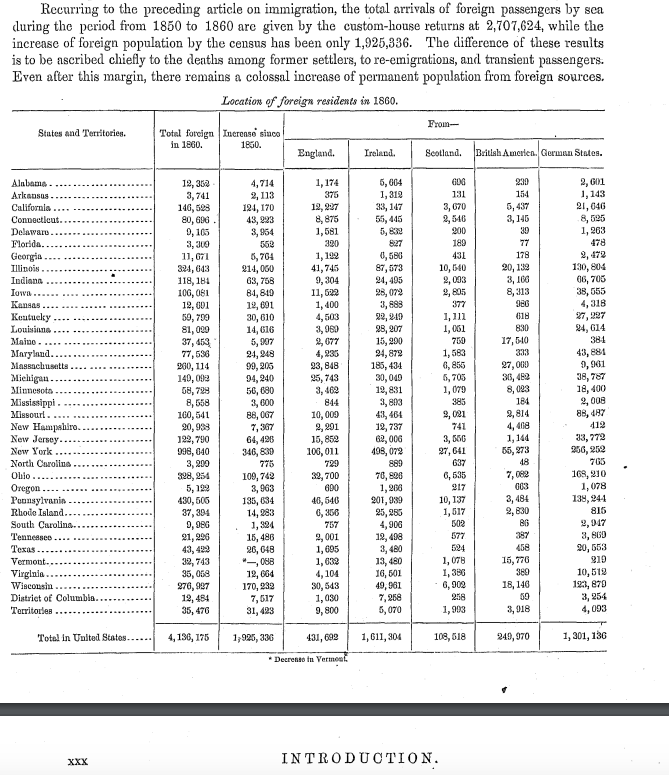Paul P. Kuenning, The Rise and Fall of American Lutheran Pietism: The Rejection of an Activist Heritage (Macon, Goergia: Mercer University Press, 1988)
Link s (in blue) in detailed table of contents
https://books.google.com/books?id=ta8slL3ymWkC&source=gbs_navlinks_s

7-8 Johann Arndt (p. 8 Outside of the Bible and Luther’s Small Catechism, no other writing has been so read and revered by Lutherans.” cited to Arndt p 176 “The pages of True Christianity are permeated with the conviction that love for God can be expressed in a tangible way only through love for one’s neighbor. This ‘neighbor love’ is viewed as the real test of faith that ‘distinguishes false Christians from true Christians.’ … Arndt’s chief contribution to the development of German Lutheran Pietism lay in a profound moral concern which proclaimed that ‘where one does not follow Christ in his life through faith, there is neither faith nor Christ’ and that neither the reading or hearing but the doing and practicing of the Word demonstrates true Christianity.”
9-11 Spener —
10 Pia Desideria “The central thrust of the book was a scathing attack on some of the evident evils existing within the church and its clergy. The gross lack of morality and spirituality was excoriated. An external or formal Christianity that accepted church attendance and reception of the sacrament as an indication of real discipleship was condened. A simple assent to doctrine or a verbal affirmation of confessions or creeds as evidence of a true faith was likewise denounced.”
11-12 Francke
17-18 Francke influence on Cotton Mather
xxx
70-72 Sanctification — good works part of justification
71 — It was, in fact, a reticence to deviate from the principle of sola fides that led Schmucker and his Pietist colleagues to “question orthodoxy’s insistence on regeneration in the baptism of infants and the presence of Christ in the Supper, regardless of the presence or absence of faith in the communicant.
75-6 anti-Catholic
76-77 Pietists for missions, evangelism “against the determined efforts of strict confessionalists to retain a German church.”
77-80 revivalism and Finney’s new measures pro and con [77-78] 1838 a reader of Lutheran Observer blasted the editor “for his alleged approval of these revivalitic measures. “Alter, for the Lutheran Church’s sake, the name of your [78] paper, call it New Measure, Fanatical, Methodistical, Anti-Lutheran Engine, or Advocate of Screaming, Falling, Clapping of Hands, of Hypocrisy and Lies.” (Italics in the original
79 Not only were the clergy required to give some tangible evidence of this change of heart, but also in most cases a demonstration of conversion was considered as the doorway to adult membership in the church. In his model constitution for congregations Samuel Schmucker had advocated that, before admitting a person into membership, “The church council in all cases … require evidence of those changes and acts which constitute genuine conversion.” [n35] With few exceptions, the English-speaking congregations connected with the General Synod accepted this suggestion and put it into practice, particularly thourhout the third and fourth decades of the nineteenth century.


